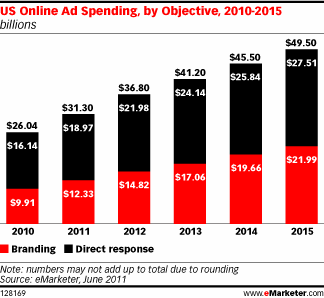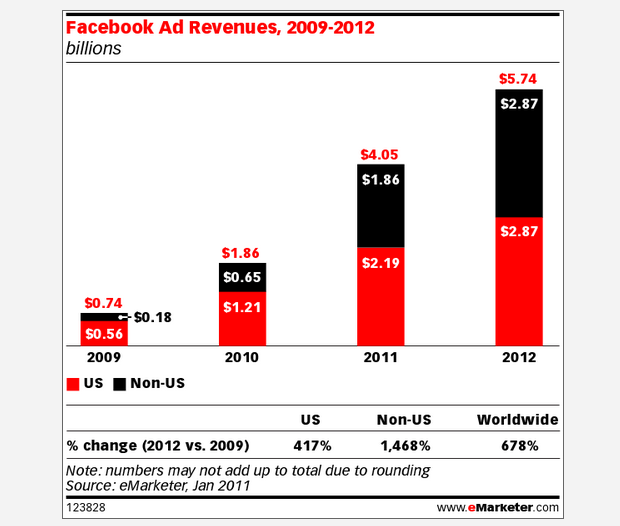Back in 2010, Mark Zuckerberg went on stage and told TechCrunch’s Michael Arrington that the age of Internet privacy was over and hinted that we should get over it.
2 year later, web privacy is officially dead and every other thing we do is posted online on Facebook, Twitter and Instagram. Major and minor details of our lives are being broadcasted openly to hundreds of friends, family, and random people we last met 10 years ago, befriended on Facebook, and have not yet deleted because of some obscure reason.
Then, as some of those posts get shared with friend of friends and their friends, we can wake up on day just to find out that the embarrassing picture you posted, by mistake, via Facebook’s automatic iPhone sync, is viral and trending with teenagers in Estonia.
This is just the beginning. As humanity takes the next step toward a world where everything is digitally documented in real time, geo-privacy is next. And it’s dying. Quickly.
However, location sharing is a bit different. Location sharing requires refined controls about who you share your location with and for how long. Several companies are already seriously hacking into this and are making significant progress (full disclosure: Life360, the company I work for, is one of them). Those companies are taking the friction out of location sharing. However, they are doing much more then that – they are making the advantages of making your location public seriously outweigh the disadvantages.
I believe we are approaching a tipping point. This one is a bit harder for adults to grasp, but kids are all over it. They understand it’s the future. A 12 year old that just got his first smartphone will grow up in a world where location sharing is a must – finding where your friends are, hauling a cab to your location, checking-in with your mom so you don’t get that “Are you okay?” embarrassing call in front of all your friends, getting that special discount at Starbucks when you check-in. The list of use cases just keeps getting bigger everyday and some of them are killer features.
It might take a little bit more time (as with any technology that needs to leap past the early adopter phase into the mainstream), but eventually we will live in a world where it just doesn’t make sense to not share your location. Ten years ago, if somebody told you that your parents will shout at you for not posting recent pictures of your baby boy on Facebook, you might have dismissively laughed at them. Less than ten years from now, don’t be surprised if other people will just know where you are, whether you like it or not.
Geo-privacy is dying, we just need to get over it.


